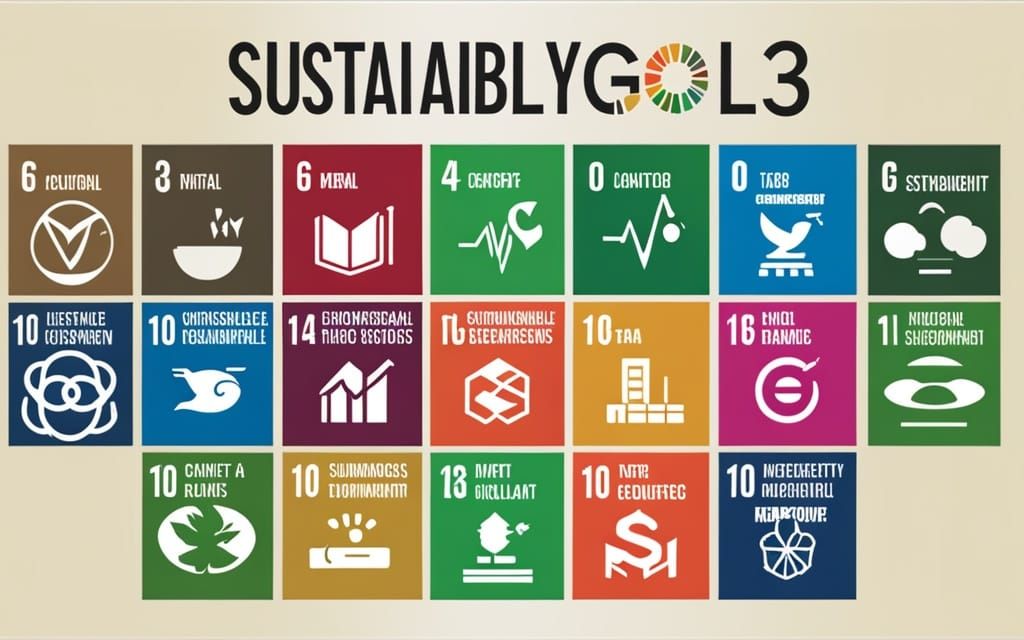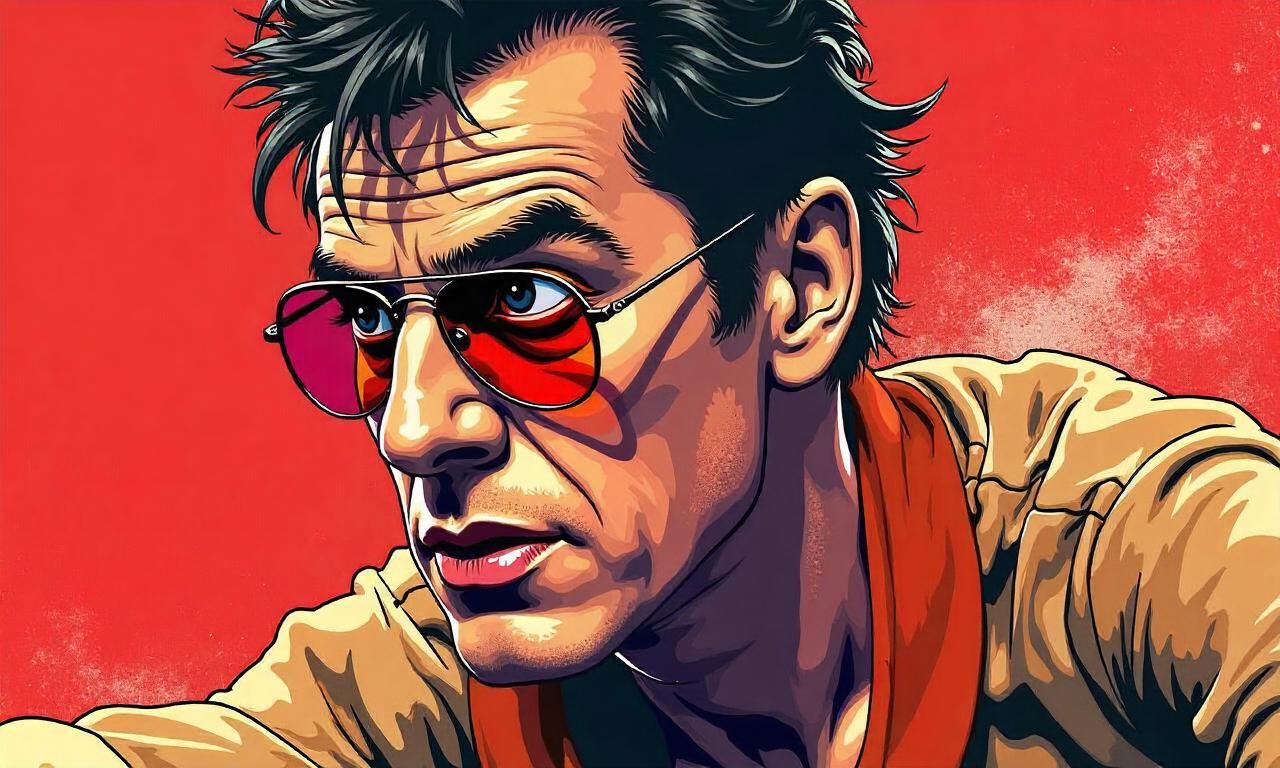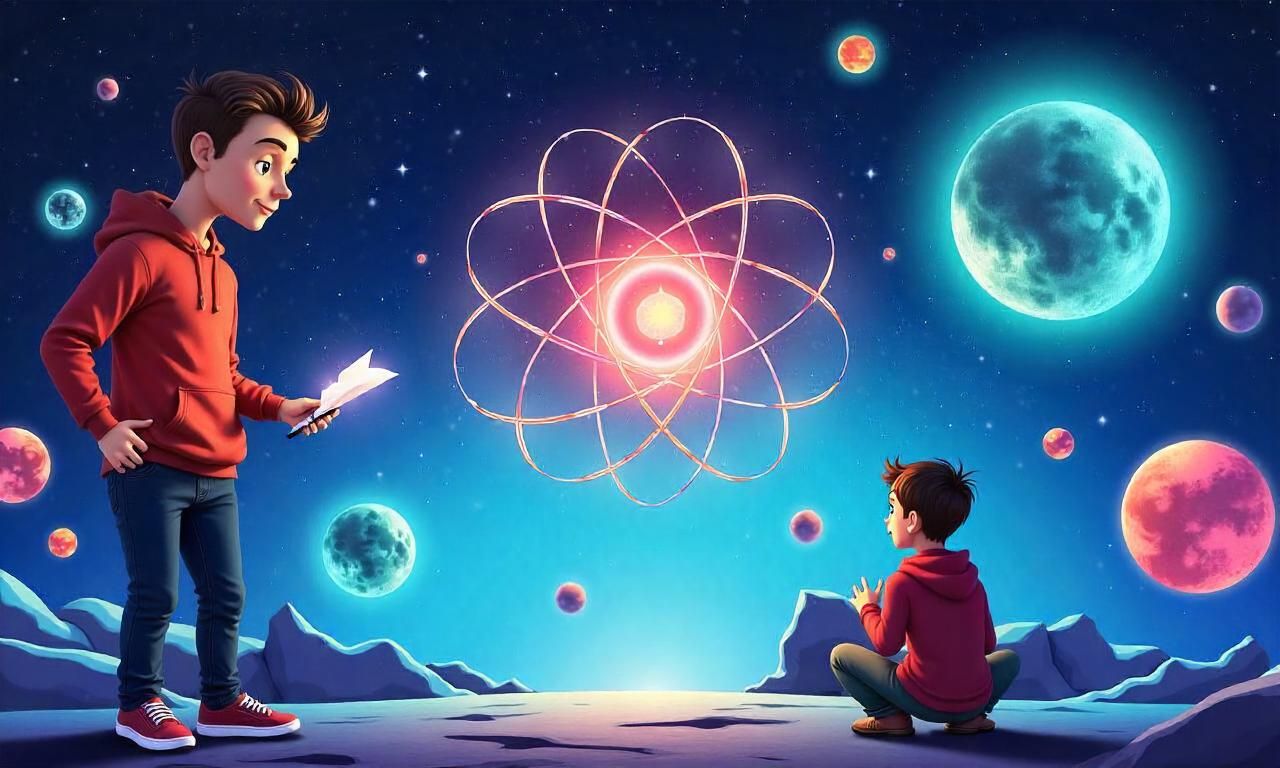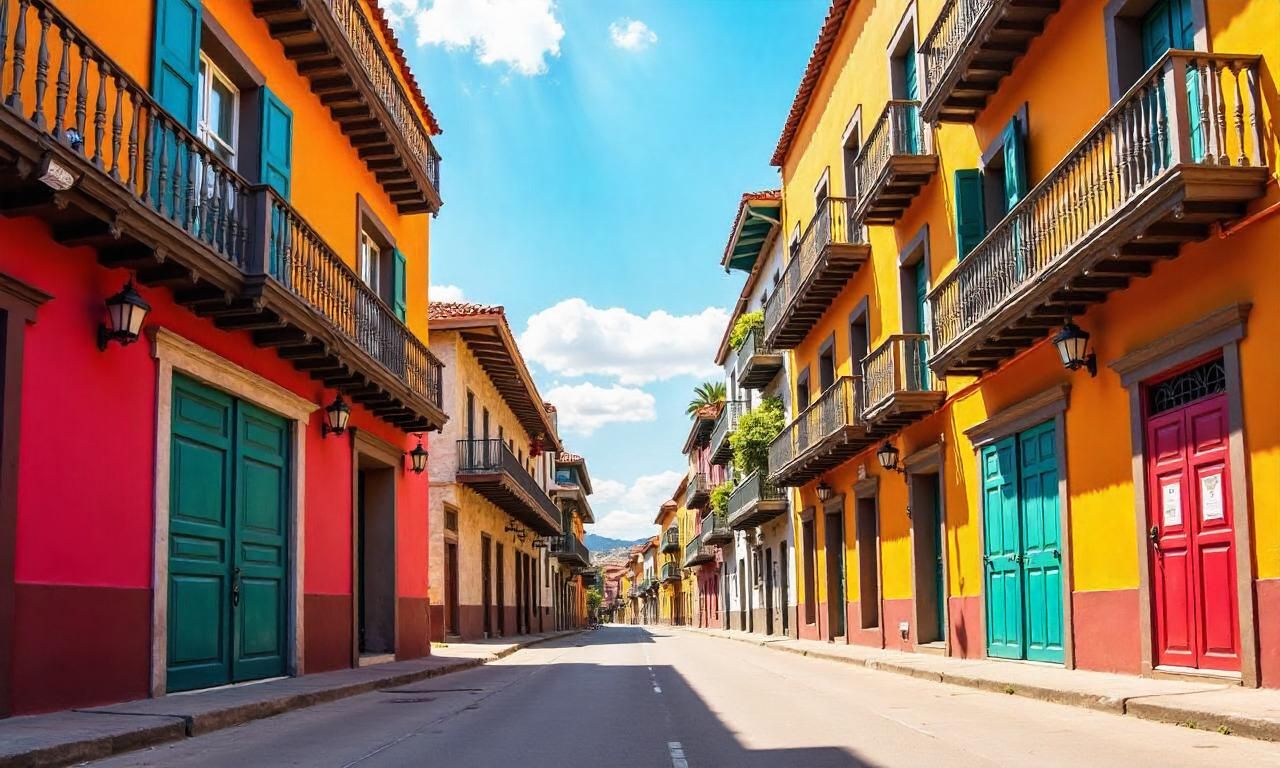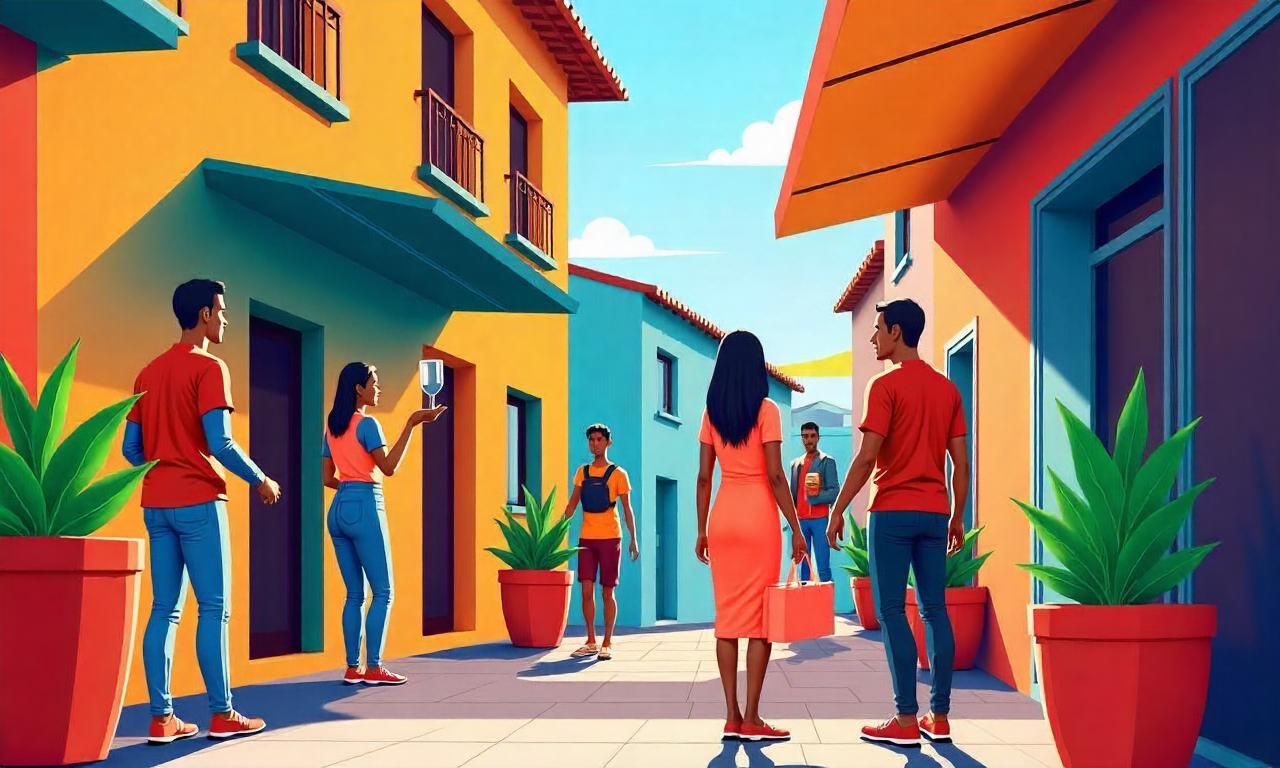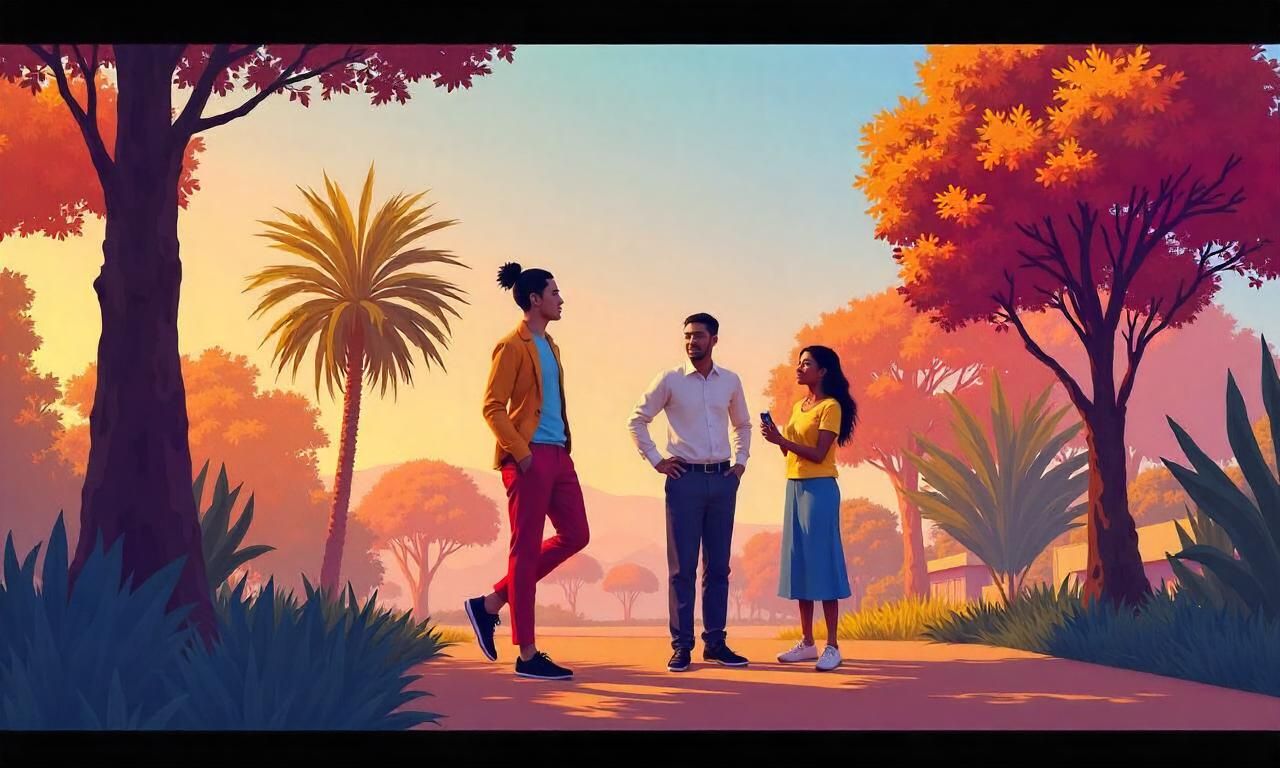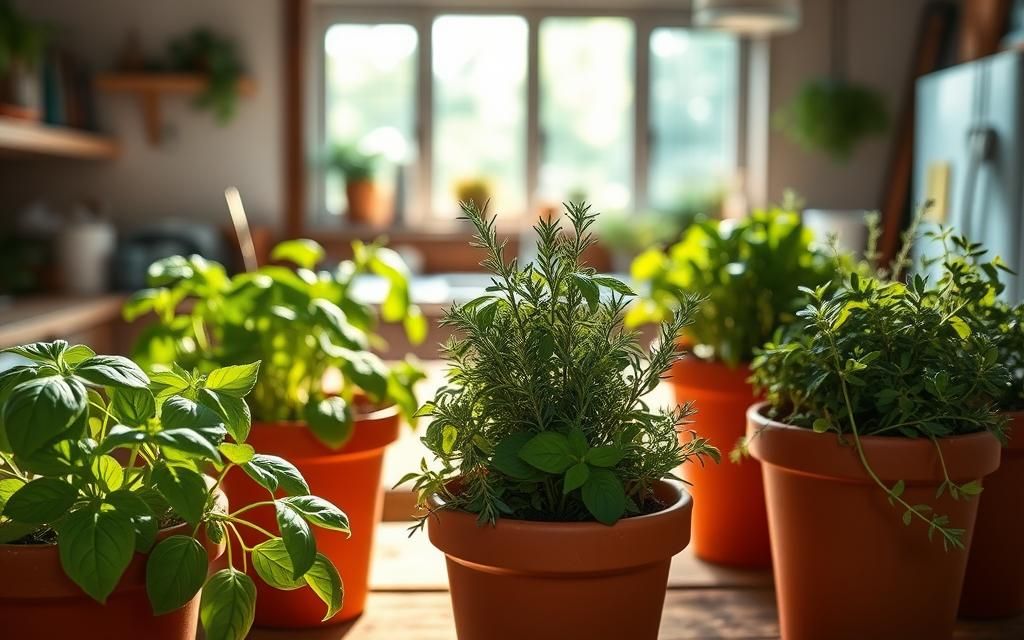What Are the Sustainable Development Goals? The Sustainable Development Goals (SDGs) are 17 global objectives set by the United Nations in 2015. They aim to achieve peace, prosperity, and environmental sustainability for everyone and the planet. These goals are for now and the future.
These goals say that ending poverty and other issues must be done with improving health, education, and economic growth. They also focus on fighting climate change and saving our natural resources. The SDGs offer a plan to tackle big challenges like poverty, hunger, gender inequality, and climate action.
The SDGs bring the world together to make a better, fair, and wealthy world by 2030. By working together, countries, businesses, and people can make progress on important issues. This helps us all work towards a brighter future.
Table of Contents
ToggleIntroduction to the Sustainable Development Goals
The Sustainable Development Goals (SDGs) are 17 global goals adopted by the United Nations in 2015. They come from decades of work by countries and the United Nations. This includes the 1992 Earth Summit in Rio de Janeiro, the 2000 Millennium Summit, and the 2002 World Summit on Sustainable Development in Johannesburg.
Origins and History of the SDGs
The SDGs started with the 1992 Earth Summit in Rio de Janeiro. World leaders met to tackle environmental and development issues. This led to the Millennium Development Goals (MDGs) in 2000, focusing on ending poverty and hunger, improving health and education, and promoting gender equality.
As the MDGs’ deadline neared, the world saw the need for a broader approach to sustainable development. This led to the 2030 Agenda for Sustainable Development. It was adopted by the United Nations General Assembly in 2015.
The 2030 Agenda for Sustainable Development
The 2030 Agenda sets a blueprint for peace and prosperity for people and the planet. It includes 17 Sustainable Development Goals (SDGs) to tackle global challenges like poverty, hunger, health, education, and climate change.
This agenda marks a shift in how the world tackles development. It highlights the interconnected nature of challenges and the need for a holistic approach. The SDGs are universal, applying to all countries, and aim to be achieved by 2030.
The 17 Sustainable Development Goals
The United Nations (UN) has set a plan to tackle the world’s big challenges. This plan, called the 2030 Agenda for Sustainable Development, has 17 Sustainable Development Goals (SDGs). These goals are a blueprint for a better future for everyone.
- No Poverty: Eradicating poverty in all its forms remains one of the most pressing global issues, and this goal aims to end poverty everywhere by 2030.
- Zero Hunger: Achieving food security, improving nutrition, and promoting sustainable agriculture are the key objectives of this goal.
- Good Health and Well-being: Ensuring healthy lives and promoting well-being for all at all ages is the focus of this goal.
- Quality Education: Ensuring inclusive and equitable quality education and promoting lifelong learning opportunities for all is the aim of this goal.
- Gender Equality: Achieving gender equality and empowering all women and girls is the driving force behind this goal.
- Clean Water and Sanitation: Ensuring availability and sustainable management of water and sanitation for all is the focus of this goal.
- Affordable and Clean Energy: Ensuring access to affordable, reliable, sustainable, and modern energy for all is the objective of this goal.
- Decent Work and Economic Growth: Promoting sustained, inclusive, and sustainable economic growth, full and productive employment, and decent work for all is the aim of this goal.
- Industry, Innovation, and Infrastructure: Building resilient infrastructure, promoting inclusive and sustainable industrialization, and fostering innovation is the focus of this goal.
- Reduced Inequalities: Reducing inequality within and among countries is the objective of this goal.
- Sustainable Cities and Communities: Making cities and human settlements inclusive, safe, resilient, and sustainable is the aim of this goal.
- Responsible Consumption and Production: Ensuring sustainable consumption and production patterns is the focus of this goal.
- Climate Action: Taking urgent action to combat climate change and its impacts is the objective of this goal.
- Life Below Water: Conserving and sustainably using the oceans, seas, and marine resources for sustainable development is the aim of this goal.
- Life on Land: Protecting, restoring, and promoting sustainable use of terrestrial ecosystems, sustainably managing forests, combating desertification, and halting and reversing land degradation and biodiversity loss is the focus of this goal.
- Peace, Justice, and Strong Institutions: Promoting peaceful and inclusive societies for sustainable development, providing access to justice for all, and building effective, accountable, and inclusive institutions at all levels is the objective of this goal.
- Partnerships for the Goals: Strengthening the means of implementation and revitalizing the global partnership for sustainable development is the aim of this goal.
These 17 Sustainable Development Goals, adopted by all United Nations Member States, serve as a shared blueprint for peace and prosperity for people and the planet, now and into the future. By working together, we can create a more sustainable and equitable world for all.
| Sustainable Development Goal | Key Objective |
|---|---|
| No Poverty | Eradicate poverty in all its forms everywhere |
| Zero Hunger | End hunger, achieve food security and improved nutrition, and promote sustainable agriculture |
| Good Health and Well-being | Ensure healthy lives and promote well-being for all at all ages |
| Quality Education | Ensure inclusive and equitable quality education and promote lifelong learning opportunities for all |
| Gender Equality | Achieve gender equality and empower all women and girls |
| Clean Water and Sanitation | Ensure availability and sustainable management of water and sanitation for all |
| Affordable and Clean Energy | Ensure access to affordable, reliable, sustainable, and modern energy for all |
| Decent Work and Economic Growth | Promote sustained, inclusive, and sustainable economic growth, full and productive employment, and decent work for all |
| Industry, Innovation, and Infrastructure | Build resilient infrastructure, promote inclusive and sustainable industrialization, and foster innovation |
| Reduced Inequalities | Reduce inequality within and among countries |
| Sustainable Cities and Communities | Make cities and human settlements inclusive, safe, resilient, and sustainable |
| Responsible Consumption and Production | Ensure sustainable consumption and production patterns |
| Climate Action | Take urgent action to combat climate change and its impacts |
| Life Below Water | Conserve and sustainably use the oceans, seas, and marine resources for sustainable development |
| Life on Land | Protect, restore, and promote sustainable use of terrestrial ecosystems, sustainably manage forests, combat desertification, and halt and reverse land degradation and biodiversity loss |
| Peace, Justice, and Strong Institutions | Promote peaceful and inclusive societies for sustainable development, provide access to justice for all, and build effective, accountable, and inclusive institutions at all levels |
| Partnerships for the Goals | Strengthen the means of implementation and revitalize the global partnership for sustainable development |
These 17 Sustainable Development Goals, adopted by all United Nations Member States, serve as a shared blueprint for peace and prosperity for people and the planet, now and into the future. By working together, we can create a more sustainable and equitable world for all.
Ending Poverty (Goal 1)
The end poverty SDG, or Sustainable Development Goal 1, aims to wipe out extreme poverty worldwide by 2030. This goal is key to making our world more fair and sustainable. To reach this goal, we focus on giving everyone access to basic needs, secure rights, and financial services.
Targets and Indicators for No Poverty
The SDG 1 targets set clear steps to tackle poverty’s complex issues. These include:
- Ensuring everyone gets basic services like clean water, sanitation, and healthcare
- Protecting everyone’s right to economic resources, like land and financial services
- Helping the poor and vulnerable people bounce back from economic and social challenges
To measure our progress, we use indicators for no poverty such as:
- How many people live below the poverty line
- How many households have basic services
- How many people own or have secure rights to land
| Indicator | 2015 | 2020 | 2030 Target |
|---|---|---|---|
| Proportion of population living below $1.90 per day (extreme poverty) | 10.1% | 8.4% | 3% |
| Proportion of population with access to basic services | 75% | 80% | 100% |
| Proportion of population with secure rights over agricultural land | 55% | 60% | 80% |
By focusing on these indicators for no poverty, we can move closer to ending poverty. This will help create a fairer future for everyone.
Achieving Food Security (Goal 2)
The Sustainable Development Goals (SDGs) tackle many global challenges. SDG 2, “Zero Hunger,” focuses on ending hunger, ensuring food security, and promoting sustainable agriculture. This goal is key because it affects the health and lives of millions worldwide.
To meet SDG 2, the United Nations has set important targets for 2030. These include doubling the productivity and earnings of small food producers, ensuring sustainable farming, and keeping seed and animal diversity.
Measuring progress on SDG 2 includes tracking stunting and wasting in kids under 5. Stunting from long-term malnutrition harms a child’s growth and brain development. Wasting, or short-term malnutrition, makes kids more likely to get sick and die.
Sustainable farming is vital for food security. It helps protect nature, cuts down on harmful gases, and supports small farmers. The zero hunger SDG, food security SDG, and sustainable agriculture SDG work together for a fair and strong global food system.
| Indicator | Global Target (2030) | Latest Data (2021) |
|---|---|---|
| Prevalence of stunting among children under 5 years of age | Reduce to 5% | 22.9% |
| Prevalence of wasting among children under 5 years of age | Reduce to less than 3% | 6.7% |
| Proportion of agricultural area under productive and sustainable agriculture | Increase to 100% | Not Available |
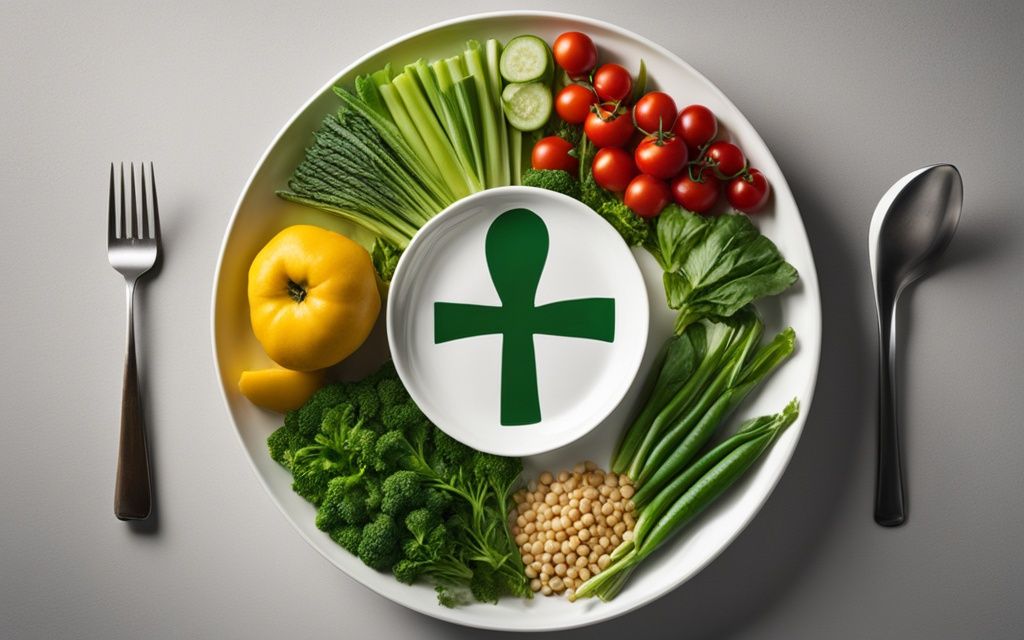
By working together, we can meet SDG 2’s targets. This means everyone gets enough safe, nutritious food. It also means farming in a way that’s good for the planet and people.
Good Health and Well-being (Goal 3)
The Sustainable Development Goals (SDGs) are a blueprint for a better future for everyone. SDG 3, “Good Health and Well-being,” is key to ensuring healthy lives for all ages. It tackles health issues like reducing deaths in pregnancy and childhood, fighting diseases, and making sure everyone has health care.
Promoting Healthy Lives for All
SDG 3 believes that good health and well-being are crucial for people and communities to flourish. It aims to solve major health problems, including:
- Reducing the global maternal mortality ratio to less than 70 per 100,000 live births
- Ending preventable deaths of newborns and children under 5 years of age
- Ending the epidemics of AIDS, tuberculosis, malaria, and neglected tropical diseases
- Ensuring universal access to sexual and reproductive health-care services
- Achieving universal health coverage, including financial risk protection and access to quality essential health-care services
SDG 3 tracks progress with a detailed set of indicators. These include the number of deaths in pregnancy, child deaths, and access to medicines and health services.
The good health and well-being SDG works to solve major health issues. It ensures everyone, no matter their age, gender, or wealth, can live a healthy life. This helps achieve the SDG 3 targets and the healthy lives SDG for everyone.
what are the sustainable development
The 17 Sustainable Development Goals (SDGs) work together, showing that actions in one area affect others. This shows we need a complete approach to sustainable development. It must consider social, economic, and environmental factors.
For example, ending poverty (SDG 1) helps with food security (SDG 2), health (SDG 3), and education (SDG 4). Clean water and sanitation (SDG 6) can also reduce inequality (SDG 10) and support sustainable cities (SDG 11). Climate action (SDG 13) helps protect life on land (SDG 15) and in oceans (SDG 14).
This complex network of interconnected SDGs shows how important it is to think about their relationships. When we plan and act, we should look at the big picture. This way, our efforts in one area can help others too.
| SDG | Key Interconnections |
|---|---|
| SDG 1: No Poverty | Linked to SDGs 2, 3, 4, 6, 8, 10, and 11 |
| SDG 2: Zero Hunger | Linked to SDGs 1, 3, 6, 12, 13, 14, and 15 |
| SDG 3: Good Health and Well-being | Linked to SDGs 1, 2, 4, 6, 8, 11, and 13 |
| SDG 4: Quality Education | Linked to SDGs 1, 5, 8, 10, and 16 |
By understanding and using the interconnected SDGs, we can find ways to work better together. This leads to more effective and lasting progress towards the 2030 Agenda for Sustainable Development.
Environmental Sustainability Goals
Protecting our planet is crucial, and many Sustainable Development Goals (SDGs) focus on this. These include the climate action SDG (SDG 13), the life below water SDG (SDG 14), and the life on land SDG (SDG 15).
Climate Action and Combating Climate Change
The climate action SDG (SDG 13) aims to fight climate change quickly. It plans to cut down greenhouse gas emissions and boost climate change adaptation. It also helps developing countries with their climate efforts. This goal is key to protecting our planet and securing a future for everyone.
Conserving Life on Land and Water
The life below water SDG (SDG 14) and the life on land SDG (SDG 15) work to protect Earth’s ecosystems. They focus on saving and using forests, oceans, and other natural places sustainably. Keeping these ecosystems safe is vital for our planet’s health.
These environmental SDGs form a complete plan to protect our planet and tackle climate change. By aiming for these goals, we can make sure our planet stays healthy for future generations.
Means of Implementation (Goal 17)
Achieving the Sustainable Development Goals (SDGs) by 2030 needs a global effort. Countries, businesses, civil society, and others must work together. This is the aim of SDG 17, “Partnerships for the Goals,”. It focuses on the ways to implement and revitalize global partnerships for sustainable development.
SDG 17 says that the success of the SDGs depends on getting financial resources, sharing technology, and improving data and monitoring. Countries must find new ways to fund sustainable development. They should share new solutions and work together to make data better for tracking progress.
Key Targets of SDG 17
- Mobilize additional financial resources for developing countries from various sources.
- Enhance the global partnership for sustainable development, with partnerships that bring together knowledge, expertise, technology, and money.
- Make high-quality, timely, and reliable data available, broken down by different groups like income, gender, and race.
- Encourage and promote partnerships between the public, private, and civil society sectors, using the knowledge and strategies of past partnerships.
Through partnerships for the SDGs, we can use the strength of different groups to move forward on the 2030 Agenda. This will help create a more sustainable and fair future for everyone.
Progress and Challenges
We’ve made big steps towards the Sustainable Development Goals, but there’s still a lot to do. The COVID-19 pandemic has slowed us down in many areas. Issues like growing inequalities, climate change, and losing biodiversity threaten our goals.
To keep track of our progress, we use a global indicator framework with over 230 indicators. But, measuring our progress is hard because of data problems and not all countries have the same data. This makes it tough to see how well we’re doing towards reaching the goals by 2030.
Even with these hurdles, we’re not giving up on the SDGs. By working together, using new data and tech, and tackling the big problems, we can move forward. We aim for a future that’s sustainable, fair, and prosperous for everyone.

